When I was a young teenager, I was gifted my first ever DSLR for my birthday, a third- or fourth-hand Nikon D3100, arguably the perfect camera for someone to learn photography on. It was fast, could be shot entirely automatically or fully manual, and with the 18-55mm f3.5 lens it was a workhorse in any environment.
The fact it was a well abused camera meant I had no fears shooting over the railings of boats as Dad caught fish, or walking along the beach with no lens cap taking photos of friends, or trudging through storms on my way home from a city exploration day. If it broke, it wasn’t worth much from a monetary perspective, and a potentially risky photo felt like it had more worth than the conservation of such a worn out camera.
My Kershaw Penguin is a late-1940’s folding 120 camera, and was outdated tech even when new, but it’s allowed me to dip my toes into medium format the same way my first ever DSLR held my hand through every environment and every failure. It is the perfect camera, at least in my opinion, to learn this film format on.
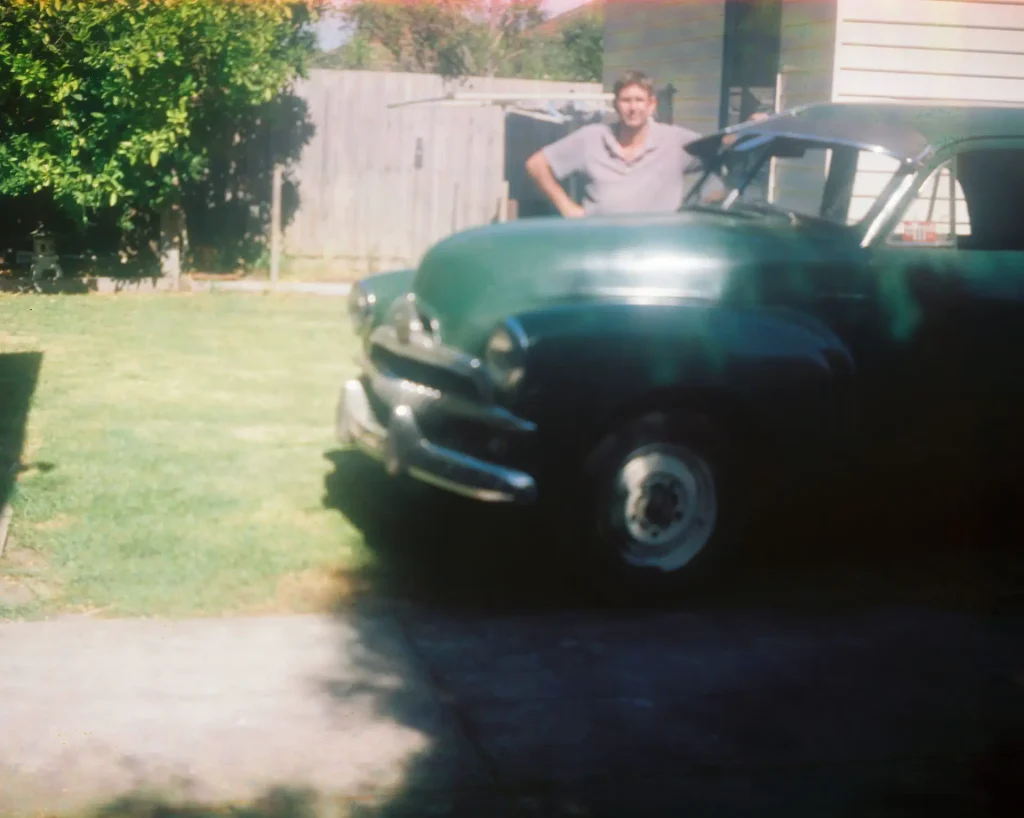
When I was given my D3100 and began to show a real interest in photography, my Pa excitedly gave me his entire collection of film cameras. The oldest camera in the collection was this Kershaw, originally bought new by my great-grandfather. My Pa’s childhood photos were taken on this camera, and when he was old enough to be in the army, he was given this camera to take with him.
There’s half a dozen old photo albums in one of his drawers, and most of the images in them are from this camera. Thirtyish years’ worth of pictures of my great-grandparents and grandfather is an amazing thing for me to look at and enjoy, all of them shot on the very camera that sits on my shelf today.
From what I can see of those albums, this Kershaw Penguin used to be pretty sharp. Even after seventy-odd years in a drawer, the black and white images are as fine as ever, but between rolling off the Kershaw production line in the ‘40s and now, this camera has definitely had a rough time.
The lens is a Kershaw Soho 105mm f/11, which has two opposing convex lenses with the shutter and aperture in the middle, a generic build for a basic folding camera of the time, with the exception of the optical elements which are made of plastic rather than glass, making this a much more unique camera of the 1940s.
What shutter speeds does it have, you ask? 1/50, and a bulb mode. That’s it. And there’s no tripod socket to keep it steady, or even a place for a shutter release cable to make the use of the bulb mode easier.
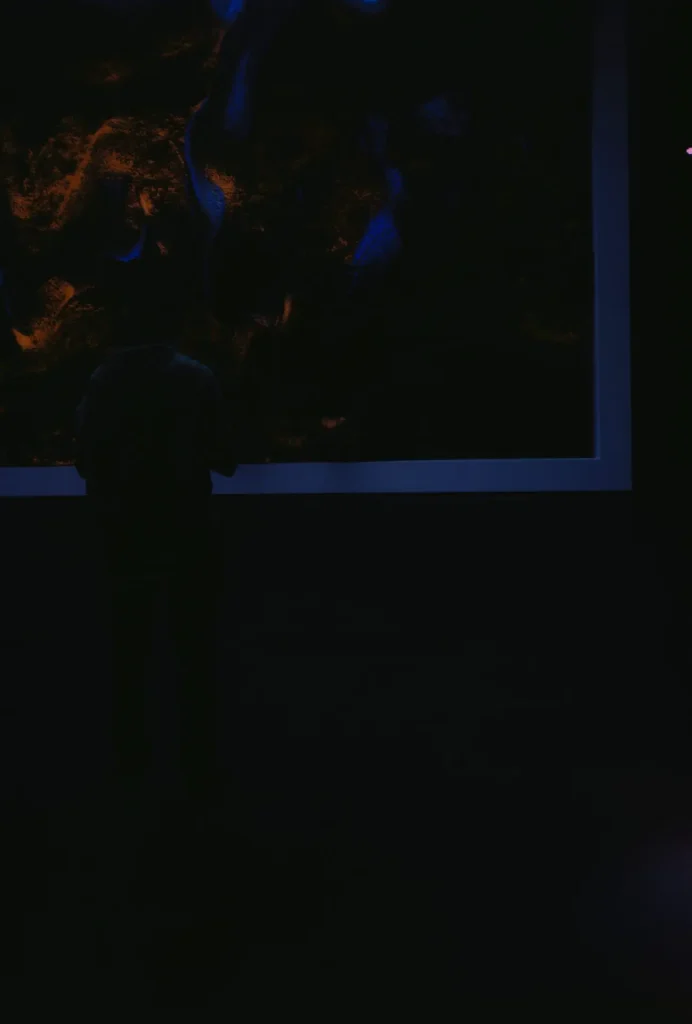
It shoots 100 ISO in daylight, but I’ve used 150-200 ISO for low light, which is pretty much the full range of this technical marvel. If ever there were a camera to be sneezed at, this is the one. It was designed to be dirt cheap to manufacture, and dirt cheap to sell, and the entire camera feels simultaneously unbreakable and extremely fragile. Common issues include broken shutter return springs, pinholes in the thin bellows, and a stuck focusing ring.
Thankfully, my particularly example has none of those issues! Instead, it gained what I believe to be a slightly warped lens, which may have happened while stored in my Pa’s stifling hot garage for decades. At the camera’s minimum focus of 6 feet, it’s unnoticeable, but once it’s stretched out to infinity, this Kershaw Penguin has a severe issue of vignetting I’ve never seen on another camera. The edges are wonderfully in focus, but the centre becomes blurred.
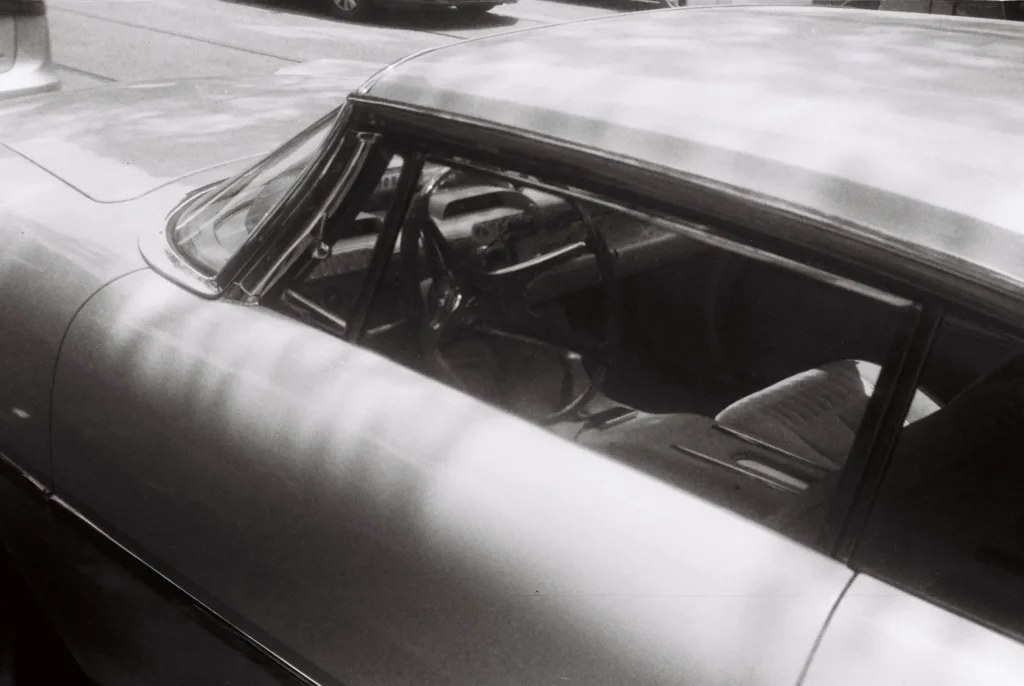
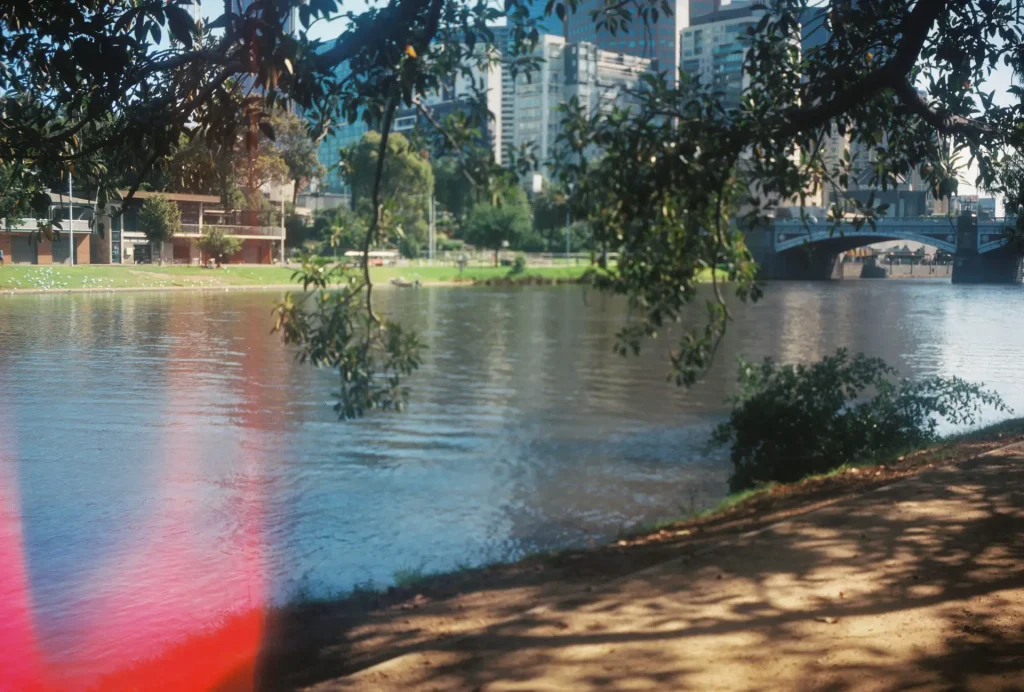
What I’m attempting to say is that this Kershaw Penguin is, realistically, worthless to most people who want to make the leap to medium format. It is almost the most simple a camera can be, and not only that, the lens and focal ability are damaged and unrepairable unless I can bring myself to buy a donor camera and disassemble my already fragile bellows and lens.
But, it lets me be free with medium format. I buy the cheapest rolls I can, because who cares? It’s not like I need fine grain with such a junk lens. I chuck it in my bag without any padding, because who cares? It’s a metal box and everything is contained inside, it’ll be fine! I sling it over my shoulder like an afterthought, because who cares? It is far from pristine condition.
In the age where your first medium format camera is expected to be some thousand dollar, hyper-complex machine with incredible lens ability and at least a 1/1000 shutter speed, this Kershaw Penguin is an anti-hero.
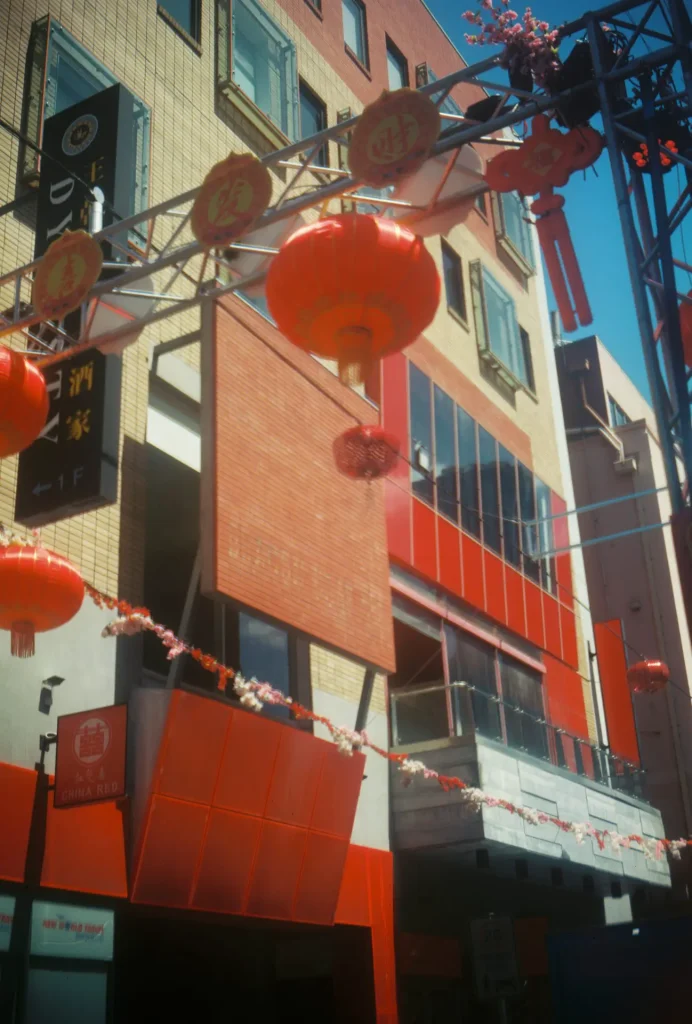
Could I lug around a Pentax 6×7 all day long? As stated by Jason from Grainy Days in his review of this camera, it is both perfect for shooting 120, and for use as a club during a zombie apocalypse. Well, what about a lighter, even more desirable medium format camera, like the Mamiya 7? These cameras easily hit the $2-4000 mark on eBay, so I’d never just ‘chuck it in my bag’ or whip it out during some light drizzle without a second thought.
Whilst those are both fantastic cameras, they lack what the Kershaw provides. A complete ability to lose my mechanical sympathy and just shoot something because it looks cool, and because it makes me feel something, and not necessarily because I think it’ll make a great photo.
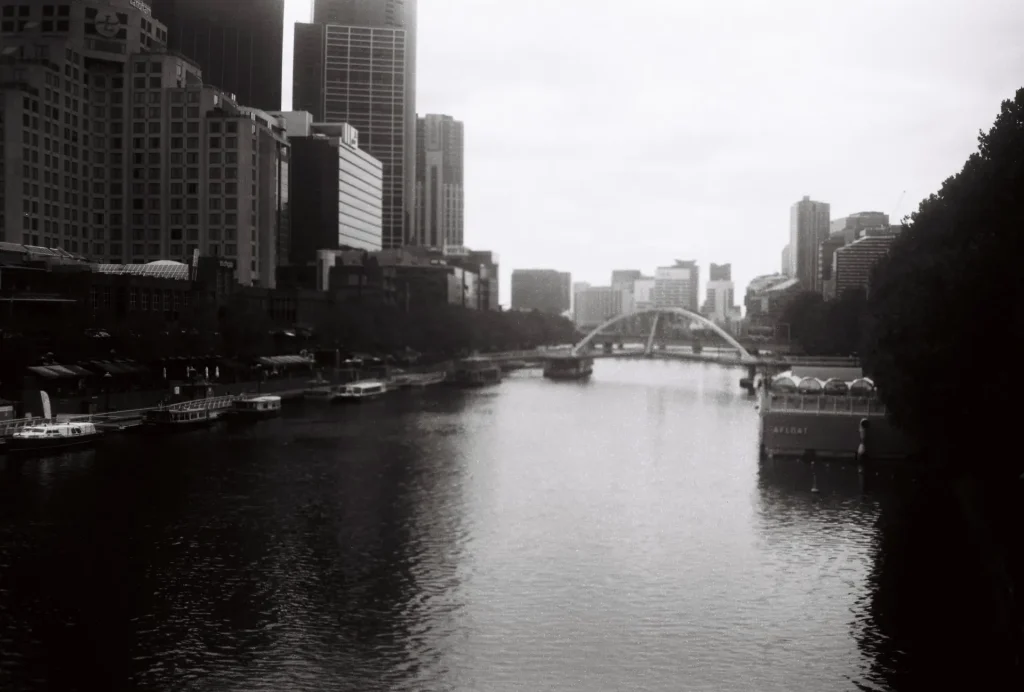
The warped lens and tiny aperture allows me to not care about properly focusing, and the single shutter speed means I never have to worry about whether my metering is correct since you literally cannot meter with this camera. The only material choice you have over this camera, realistically, is film stock.
This Kershaw Penguin has let me sample the handful of 100-200 ISO 120 films available, without the anxiety of messing up. I buy those films purely with the intent to disrespect the well-researched chemical science behind them by rolling them through the shoddiest camera I own.
After choosing between the astonishingly broad (sarcasm) range of film stocks this camera lets you use, the only other variable is… light! With a single shutter speed and your selected ISO, judging lighting and assessing shadows becomes your only focus whilst using this Kershaw Penguin, and it’s incredibly fun to just spend a day wandering around with a few cheap rolls looking at pretty lighting and colours and going, ‘Eh, yeah, that’ll probably turn out alright,’ the entire time.
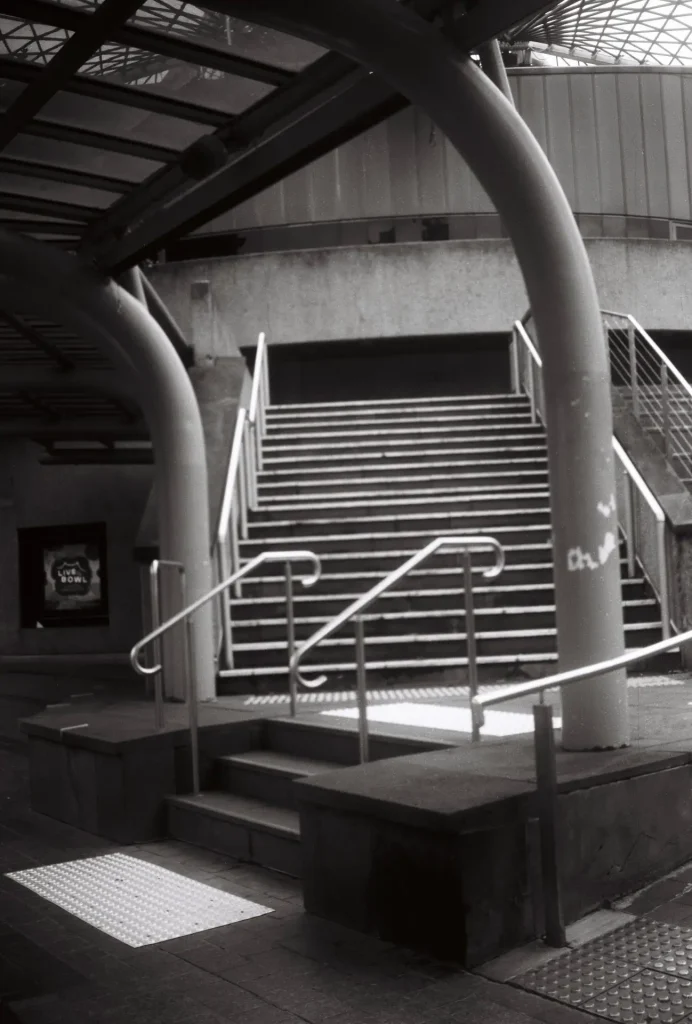
I’ve recently purchased a much more versatile medium format folding camera, a 1936 Ziess-Ikon Nettar 515/2 with an Anastigmatic 105mm f3.5 lens and Compur-Rapid shutter capable of a blistering 1/400, a serious achievement for the time. It is, essentially, my Kershaw Penguin on steroids.
If I’d dipped into my rainy day savings for a Hassleblad 500CM, I’m sure I’d be loving life right now shooting the cleanest Portra 800 images I’d ever taken, but why pay $3000 for an ‘untested’ (read; tested, but didn’t work, but listed as ‘untested’ because it makes it more valuable) eBay camera I have to plan to take out and then spend a day lugging around, when I can pay $200 for a CLA’d and film tested Nettar 515/2 and chuck that lightweight, artfully crafted camera into my bag, and buy $2800 worth of film (and adventures!) instead?
It’s the same way my parents would never dare buy teenage me a brand new Nikon D850 as my first camera. My first DSLR was, as I’ve said above, outdated at the time, but taught me the utter basics of photography and let me appreciate how incredible my current D5600 truly is, which I purchased new in 2019.
Similarly, the Kershaw Penguin taught me to let go of the medium format hype, and that only with practice, experimentation, and an in-depth understanding of your equipment can you truly create an image you are proud of achieving. My images are often under/overexposed with the Kershaw Penguin, and almost always blurry in the centre, but making a single decent image from a roll with this camera truly feels like an achievement, and that’s exactly why I decided to continue to move against the push of people suggesting enormous professional 120 cameras to more casual folks like us.
With a pro camera, I’d feel expected to take perfectly exposed and composed images on my Portra 800 or Velvia slide film, but by purchasing another cheap, and far more versatile camera, I feel like I can shoot the exact same as with my Kershaw, with my humbleness and lack of criticalness intact, allowing me to take my fun shooting experience to that crisp medium format goodness without the hefty, prohibitive price-tag and extreme fear of failure.
And that is why I’m thankful to have been given this Kershaw Penguin. Since my recent purchase, it’ll be entering retirement as a shelf ornament and receptacle for cleaning wipes most days, but it’s taught me to really slow down and enjoy shooting film as a simplistic form of photography, and that I can and should use whatever is available instead of pinning after the latest and greatest equipment.
Thanks for reading!
You can find more images by the Kershaw Penguin and others on my Instagram
Share this post:
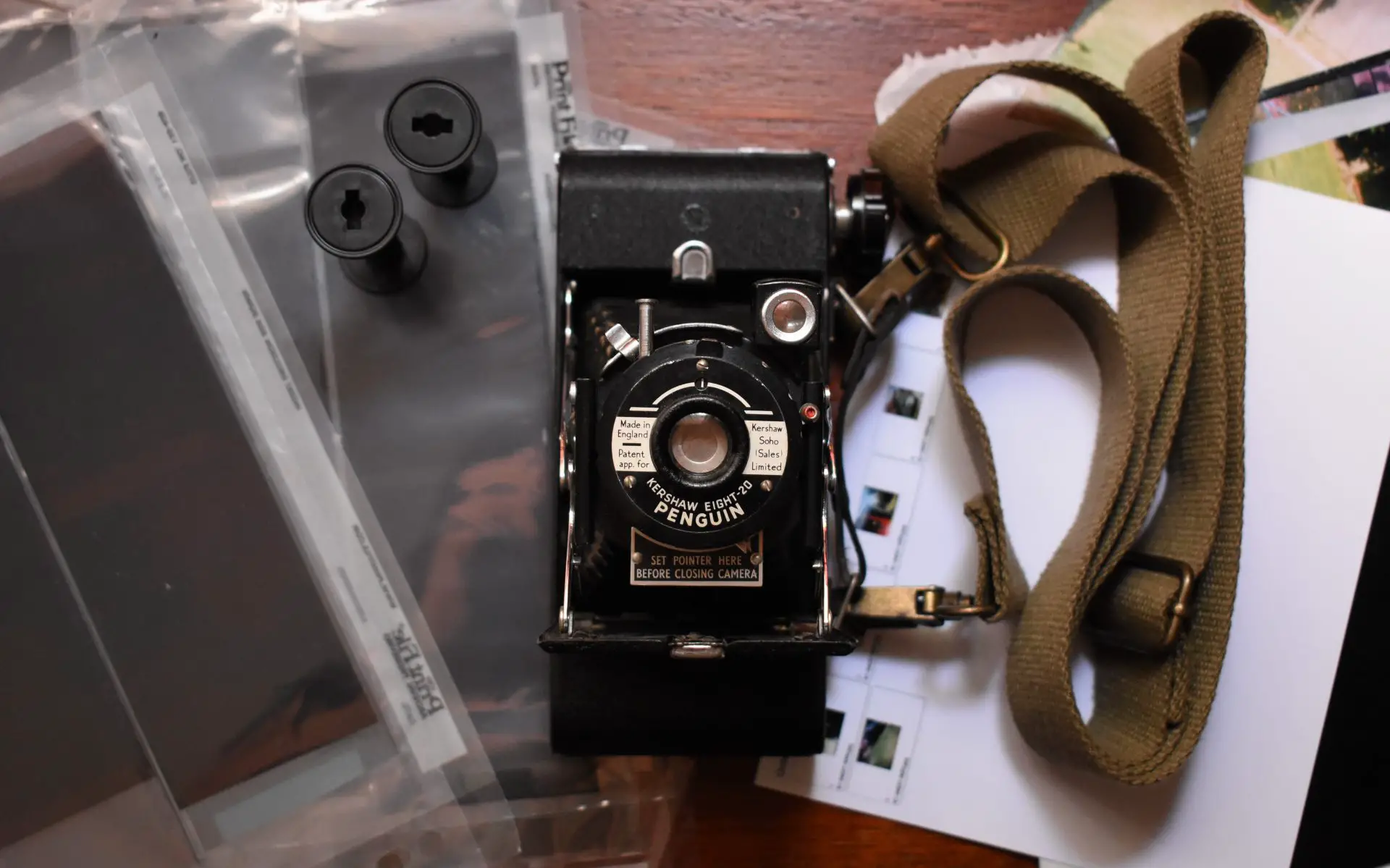








Comments
No comments found